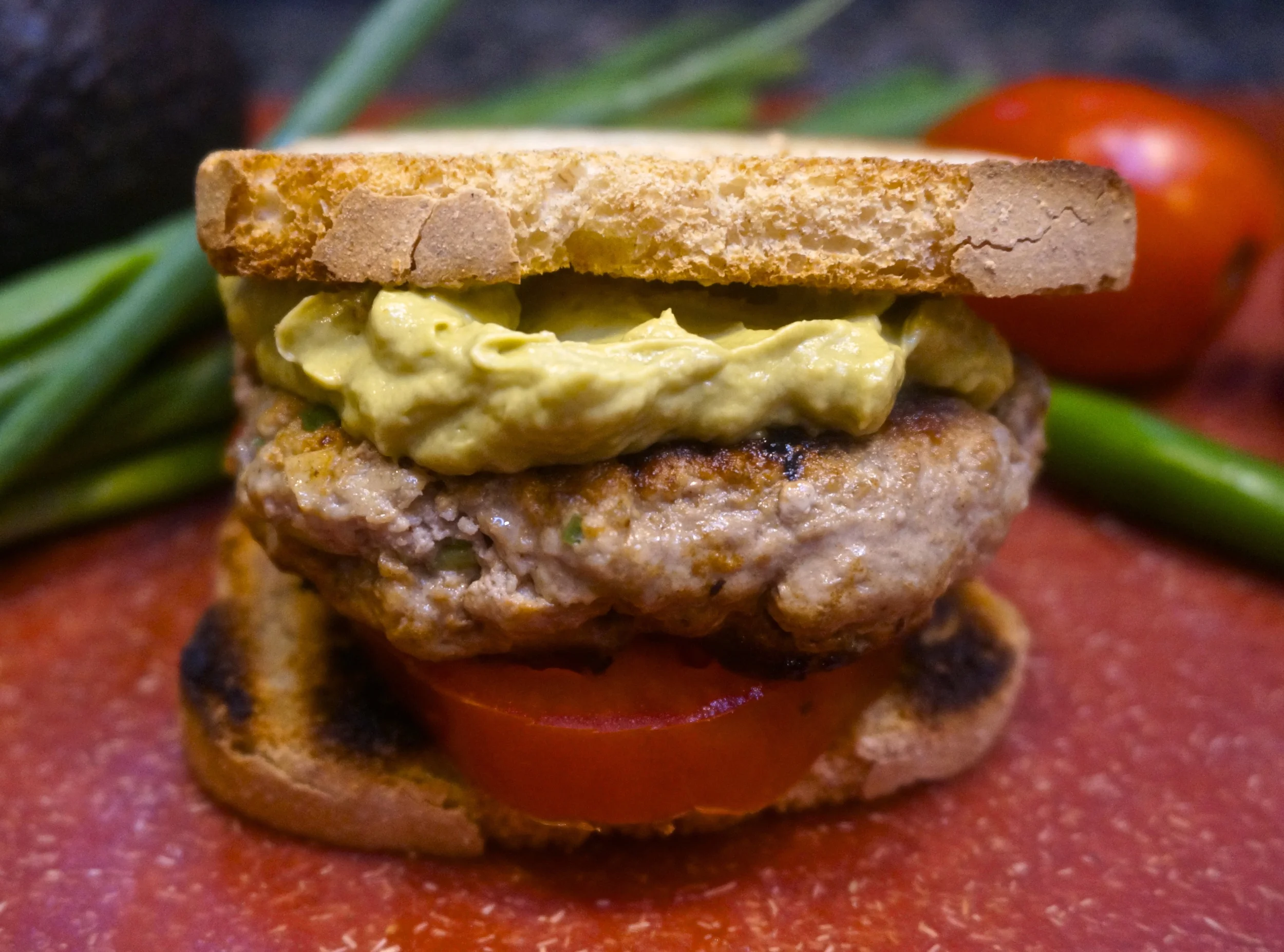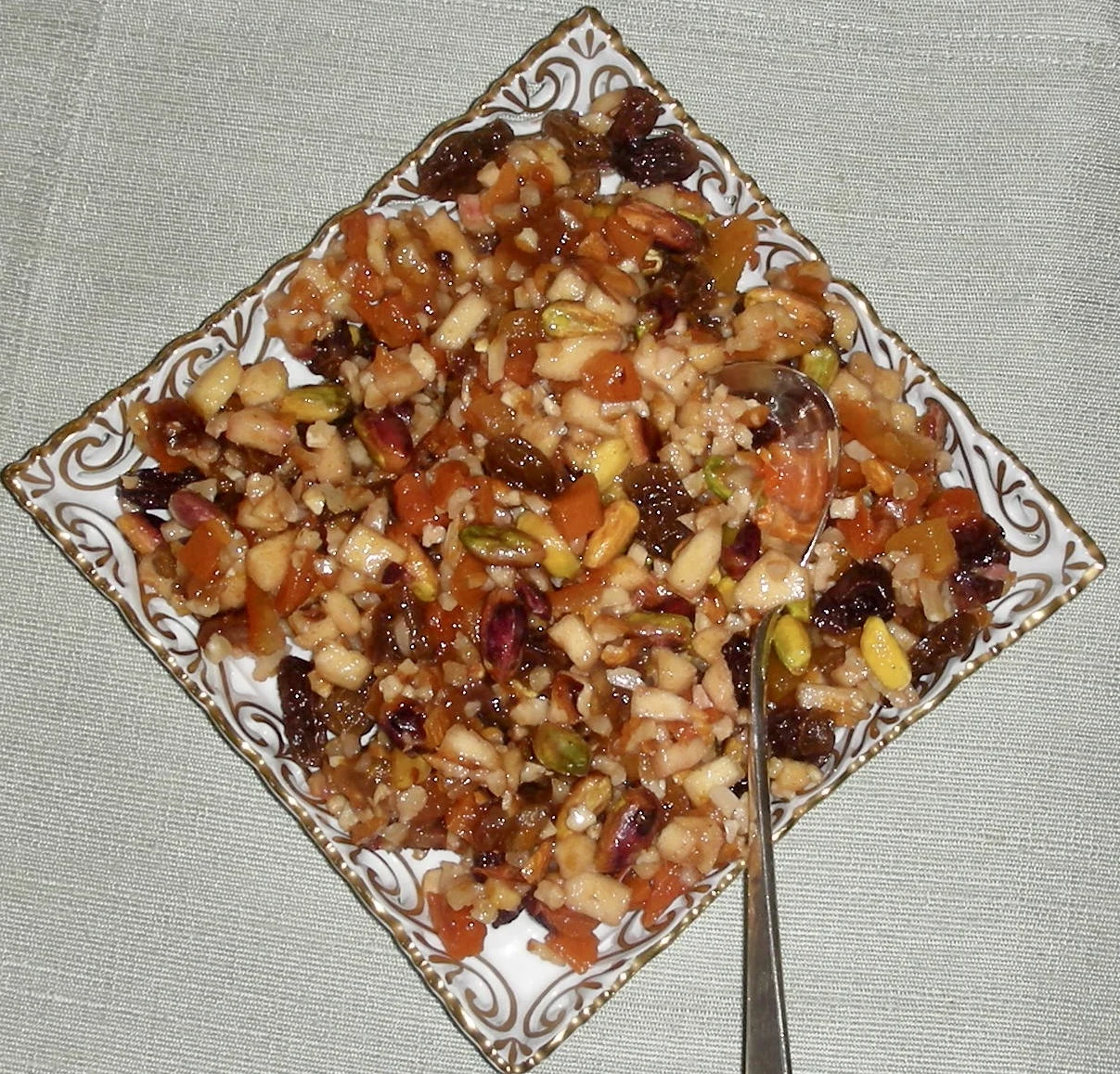I was always a "late-bloomer" so I was not at all surprised that my tomato plants are too. It's the way it is with me. The plants bore fruit in October rather than at the end of August, when they are supposed to (in my part of the world anyway).
As for me, well, my mother always said "what's the rush?" and of course she was right. I eventually did lose that first tooth, need a bra, learn to ride a bike.
But the tomatoes were a different story. A hurricane was coming (or so I thought). I wasn't about to let the wind and rain destroy those beautiful, slowly-ripening green things. Not after an entire summer of tending to my garden and kvelling when the tiny yellow flowers finally turned themselves into real, would-be tomatoes.
I left a couple on the vine -- just in case the storm passed us by. (It did!)
But with the rest? Some are on the windowsill waiting to ripen. The others became chutney.
Late-bloomers do hold their own in the world in some magnificent way.
Pear and Green Tomato Chutney
3 pounds ripe but firm pears (about 6), peeled, cored and sliced
1 pound yellow onions, peeled and chopped
3 large green tomatoes, cut into chunks (or use 3-4 cups halved green cherry tomatoes)
1-1/2 cups raisins
3 stalks celery, sliced about 1/4-inch thick
3 cups brown sugar
1 teaspoon finely chopped fresh ginger
1/4 teaspoon cayenne pepper
2 teaspoons salt
2-1/2 cups apple cider vinegar
6 whole peppercorns
Place the pears, onions, tomatoes, raisins, celery, brown sugar, ginger, cayenne pepper, salt and apple cider vinegar into a large saucepan. Wrap the peppercorns in cheesecloth (or inside a muslin bag) and add to the pan. Bring to a boil over high heat, stirring constantly to mix the ingredients. Lower the heat, cover the pan partially and cook for 30 minutes. Remove the cover and continue to cook, stirring occasionally, for about 3 hours or until thick.
Makes about 5 cups




